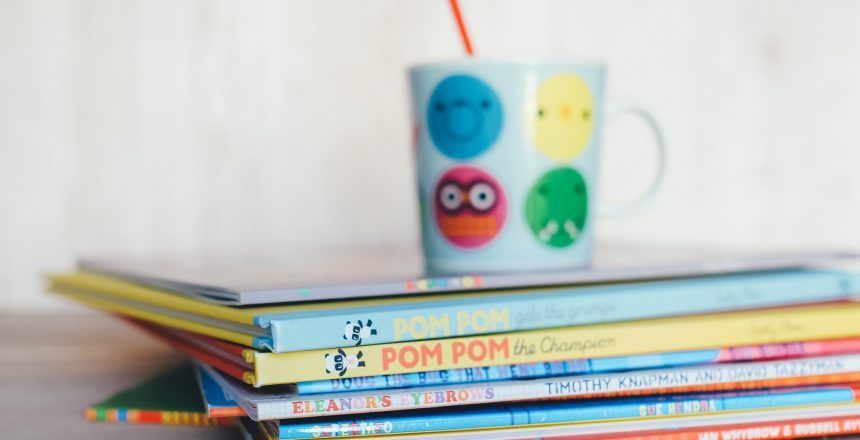Who does not like a story? You can enjoy it with your family, in the classroom, read it yourself or simply look at its images. But in addition to the funny part of the stories, we should not forget the educational part.
According to the dictionary, a story is a brief narrative of fiction. Well, these stories can help us to transmit knowledge and values, to work on fears and other emotions, to develop imagination, creativity, social skills, reading comprehension and writing, critical thinking and so on. And, depending on the content of the story and how we tell it, a lot of things.
Storytelling
Before telling a story, we can start with a previous activity that allows children to know the characters, work the vocabulary that will appear in the story, etc. In other words, some motivating activity that creates an expectation and makes the children want us to tell them the story.
While we tell the story, those who listen to it will be working on their attention, both visual and auditory skills. Normally there is no problem since the topics usually respond to the interests of children. Listening to the story allows children to know new vocabulary and thus expand their comprehension capacity.
At the end of the story we can propose different activities. Working on linguistic and social skills they can tell us if they liked it or not and why, recount the story, make a little debate about the thread of the story, propose different alternative ends, etc. Working on their creativity and fine motor skills we can propose to them to make some artistic production about what the story told them, about the character or moment that they liked the most (drawing, plasticine, clay or whatever you can think of).
Read a story
When it is the child himself who reads the story, it allows him, from the start, to work fine psychomotor skills and hand-eye coordination by passing the pages of the book. Reading it will also stimulate his sense of sight with different images and colors, and that of touch if the book contains different textures.
At younger ages the child will not read the story, but he will observe the images according to their interests; in this way, he will develop his capacity for understanding and the pleasure of reading.
To cultivate your taste for reading, a factor to consider, is a prepared environment. A suitable place for reading should be comfortable, warm and quiet.
Learning foreign languages
The stories are also a good instrument to help us in teaching languages. Through the stories you can also learn vocabulary, grammar and even the culture of the country from which the story comes.
In summary, stories are a very complete resource that helps us to develop in our students diverse skills and knowledge in a motivating way for them.
If you want to expand information about the stories as a teaching resource, why it is good to tell them, strategies to tell stories properly and recommendations adapted for each age, I recommend Tell me a story. And if what you do is teaching foreign languages and you want to deepen the use of the story in other languages you can take a look at The didactic of the story in English: theoretical-practical applications; It is a fairly complete book that develops some of the ideas exposed in this post.
